“It is certainly no coincidence that the Irish Gaelic word Dun or Dunn means “Judge,” just as Dan does in Hebrew!” –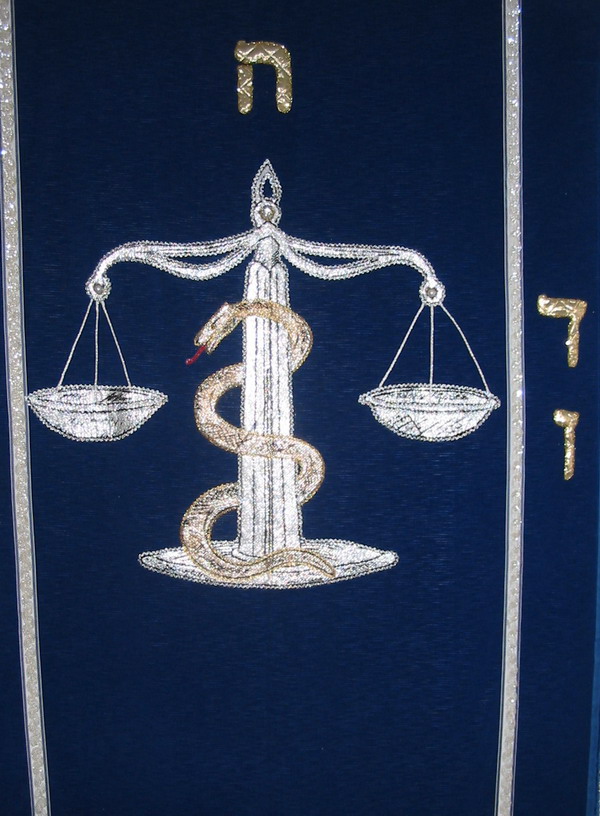 Raymond McNair
Raymond McNair
The ancient connections between the Irish Tuatha Dé Dannan and the Greek Tribe of Dan have been documented all throughout history. The “History of Ireland,” in the Peabody Institute, states that the residents, prior to the Tuatha De Dananns, were descendants of 5,000 people from Greece called Foibalges. The next to appear, about 717 B.C., under a king called Nuad, were the “Tuatha De Danann,” said in Irish to be “the tribe of Dan.
This makes sense since the old people of Ireland were once named after their tribe as the Dan-onians, and the most famous Irish ballad is forever immortalized after this tribe in the song “Danny Boy.”
The true Irish saga of the tribe of Dan, “a serpent by the way,” is a fascinating “trail” of waymarks along the path of this tribe’s journey. These waymarks are the signs and symbols that the Tribe of Dan had left in all the places they had travelled and conquered such as Ireland. They gave their name to many places that were known biblically as Mahaneh Dan (“Camps of Dan”). In Ptolemy’s map of Ireland we find Dan’s- Lough, Dan-Sowar, Dan-Sobairse, Dan’s resting place, and Dan’s habitation, and Dan-gan Castle (the birth-place of the Duke of Wellington).
Many great scholars and authors on ancient Irish History almost all agree that the Irish Tuatha Danaan were the descendants of the Greek Danaoi, or Danaans who colonized ancient Ireland and were the first High Kings of the emerald isle. The Irish Tuatha Dé Dannan were the Western Descendants of the Phoenician/Greek “Danaans” who were also known as the “Tribe of Dan (Danaë).”
In the “Annals of Ireland” it is written: “The Dan-ans were a highly civilized people, well skilled in architecture and other arts, from long residence in Greece and their intercourse with the 130 12 Phoenicians. Their first appearance in Ireland was 1200 B.C., [Jud. 5,. ver. 17].” Jeremiah writes: “For a voice declareth from Dan, and publish the affliction from mount Ephraim . . . publish against Jerusalem, that watchers come from a far country, and give out their voice against the cities of Judah ” (4, ver. 15, 16), as if Dan dwelt in a “far country.”
In the Scripture, the Tribe of Dan was originally on of the Tribes of Israel who was the second biggest behind the Tribe of Judah who were named after and who had the territory of Mount Ida on Crete. According to the Book of Genesis, Dan (Hebrew: דָּן, Standard Dan Tiberian Dān; “judgment” or “he judged”) was the fifth son of Jacob with Bilhah. He was Bilhah’s first son. He was the founder of the Israelite Tribe of Dan. Their symbol is the serpent, and the name Dan means Judge.
The 4th century B.C. Greek historian Hecateus of Abdera (quoted by Diodorus Siculus) had written that the Egyptians, formerly being troubled by calamities [the Ten Plagues at the time of the Exodus] in order that the divine wrath might be averted, expelled all the [Israelite] aliens gathered together in Egypt. The worship of the Gods having been neglected on account of the foreigners in Egypt, the Egyptians were warned by a pestilence to drive away the pollution. Of these, some, under their leaders Danuss and Cadmus, migrated into Greece; others into other regions, the greater part into Syria [Canaan]. Their leader is said to have been Moses, a man renowned for wisdom and courage, founder and legislator of the state who led them into Judea. Herodotus had said that the Curetes had come to Crete with the Phoenician Prince Cadmus.
The Danaoi, or Danaans, which had at onetime possessed colonies in the Black Sea region around the mouths of the rivers Danube, Don, and Dnieper. The chiefs/kings of the Danaoi, or Danaans, who had claimed descent from the ancient Greco-Egyptian Pharaoh Danaus (Tanaus or Dan I), and also Pharaoh Horemheb (Horemhab or Haremhab – meaning Horus is in Jubilation). Before he became pharaoh, Horemheb was the commander and chief of the army under the reigns of Tutankamun and Ay. The 3.6 m large naophorous statue of Horemheb (Harmais) Cairo CG 1230 was found at Naukratis, the only Greek city in Egypt before Alexander.
Pharaoh Dan I was the last Pharaoh of the 18th Dynasty from either 1319 BC to late 1292 BC, or 1306 to late 1292 BC (if he ruled for 14 years). The English Dan was known by the Egyptian name of Horemheb are Αρμαις (H/Arma-is or Harmais) and Αρμαιος (H/Armai-os or Hormose). I have found that the names of Harmais or Hormose to be very similar to Moses and it was Moses who led his peoples in the exodus from Egypt that is well attested for in the bible.
Herodotus stated that certain people of the ancient Greeks had actually came from Egypt. He claimed that DaNae, the daughter of Acrisus, was the ancestor of the Dorian princes in southern Greece (Herodotus, VI, 1, iii). Diodorus said the following: “They say also that those who set forth with Danaus, likewise from Egypt, settled what is practically the oldest city of Greece, Argos, and that the nations of the Colchi in Pontus and that of the Jews, which lies between Arabia and Syria, were founded as colonies by certain emigrants from their country . . .” (Diodorus, Bk. I, xxviii, 1-5).
In the mythical story passed down by ancient Greek historians; Pharaoh Sesostris (and Egyptian name of Horemheb), having during his own war-expeditions to foreign lands placed his brother Harmais (Danaus) as regent, or viceroy in Egypt. While Sesostris was on expedition, his brother Horemheb or Harmais (Danaus) had conspired to destroy Sesostris and all his family in order to take the throne. Upon Sesostris learning of the plot and on his return to Egypt, he then expelled his brother Harmais (Danaus) from Egyptian lands. Harmais (Danaus) then led an exodus out of Egypt to Argos and founded there the Danaid Dynasty or more commonly known as the Tribe of Dan, which succeeded that of Inachos.
The Tribe of Dan was said to have conquered the Mediterranean islands of Crete and Cyprus like many other empire after them where they brought the waymark of the serpent. The mythical name of Argos meaning shining and white was just another of the many names for Crete that an island of white sand, white limestone mountains and a shining long history. In Homer’s Iliad the “Danaans” and “Tribe of Danaë,” are referred to as the grandchildren of Belus (Phoenician ‘Baal’) who gave their name to the “Argives.”
Their territory was very close to or exactly in the same place to that of the ancient Phoenicians of Tyre and Sidon in Crete. It is said in the Scripture that they also intermarried with these Phoenicians (2 Chronicles 2:14) which was eventually outlawed in Israel (Deuteronomy 7:3, Leviticus 21:14).The Danaans were the only Tribe of Israel who were known as sailors and a seafaring race which was unusual for the Israelite tribes. This is key in understanding how they not only ended up in Ireland under the name of the Tuatha Dé Dannan, but also in many other countries such as Denmark (Dan-Mark) where they brought the ways of the serpent waymark to these lands.
Irish Historian, Thomas Moore had written that the Tuatha de Danaan (Tribe of Dana), “after sojourning for some time in Greece… proceeded from thence to Denmark and Norway”. Author Geoffrey Keating (ca.1570 1646)had said that the Danaans were a people of great learning and wealth; they left Greece after a battle with the Assyrians, and went to Ireland; and also to Danmark, and called it “DAN-mares”, “Dan’s country.” According to The Essential Teachings of Herbert W. Armstrong, the Tribe of Dan left their serpent waymarks at “Danslaugh,” “Dansower,” “Dundalke,” “Dundrum,” “Donegal Bay,” “Donegel City,” “Dunglow,” “Londonderry,” and ” Dingle,”
The book entitled Hellenosemitica: An Ethinic and Cultural Study in West Semitic Impact on Mycenaean Greece by Michael C. Astour clearly shows that the Greek “Hellenes” and the Israelite “Semites” were closely related. Astour mentions two branches of the Danites (“Danunians” and “Danaans”), and shows that these people once occupied the island of Cyprus. It also mentions the Cyprian “tradition of the Danaan migration from the eastern Mediterranean” (pp. 14, 79).
The Greek myths of the Kings of the Danaoi, or Danaans who had all claimed descent from King Danus; who also had led a migration from Egypt (Israel) to Greece. The beginning of Greek history is often dated to this “exile” from Egypt of the Danaoi, who appear in classical writings as the “Danaans.” You will also find them under other spellings such as the Danaoi (Danaoi used 138 times in the Iliad), Danaus, Danae,Danaans, Danoi, Danaids,or Dananites.
“The Danites ruled about two centuries until the arrival of the Milesians, which took place, 1000 years before the Christian era.’ Thus the date of the arrival of the FIRST COLONY OF DANAANS WOULD BE 1200 B.C., or 85 years after Deborah and Barak’s victory, when we are told Dan had ships…The early connection with Greece, Phoenician and Egypt is constantly alluded throughout the Chronicles [of Ireland] and records of the Irish Dannans” (Dan Pioneer of Israel, pp.30-31, emphasis added). This first batch of Danites that went to Ireland were called the “Tuatha de Danaan.” The word tuath simply means “tribe”—“Tuath… Irish history… A‘TRIBE’ or ‘people’ in Ireland” (New English Dictionary on Historical Principles, vol. 10, pt. 1, p. 441).
In the ancient Annals of Clonmacnoise we read of the Tuatha de Danaan: “Upon them [the Firbolgs] came in the people called Twathy De Danaan out of Greece too. Being a Branch of the same stock that Firbolgs were of and were kinsmen. During the time of Firbolg, which was 37 years, there reigned in Assyria 3 monarchs. . . . Twathy De Danaan after they had spent much time abroad in learning necromancy, magic, and other diabolical arts wherein they were exceedingly well skilled, and in those days accounted the chiefest in the world in that profession.
Landed in the west part of Connaught. Forbolgs hearing of their coming made towards them, and meeting them in a great plain called Moytoyrey in Connaught, fought with them, where Firbolg was overthrown and one hundred thousand of them slaine with their said King Eochy McEirche, which was the greatest slaughter that was hard of in Ireland in one meeting” (Annals of Clonmacnoise From the Creation to A.D. 1408, 1627 edition, quoted by Raymond McNair, in an unpublished manuscript on “The Lost Ten Tribes of Israel,” p. 149).
We can find some of these Ancient Irish Tuatha Dé Dannan kings of Ireland such as Tech- baoithin, Baithen, Baithin, Baithan, Baetin, Baitan Mor (“Baithen the Great”), Boythan, Bothan, Bathan, Baeda, and Baedan. He was also called Mogue or Modoc (Mo-Aedh-og), “the beloved Aidan’” who was Áed mac Ainmuirech high-king of the Northern Uí Néill.
Saint Columba had written on King Baedan;
“To every cow belongs its calf,” Colum Cille said:
0 God, wilt thou not drive off the fog, which envelopes our number,
The host which has deprived us of our livelihood,
The host which proceeds around the cams’!
He is a son of storm who betrays us.
My Druid,—he will not refuse me,—is the Son of God, and may he side with me;
How grandly he bears his course, the steed of Baedan” before the host;
Power by Baedan of the yellow hair will be borne from Ireland on him [the steed].
The Tuatha de Danaan Conclusion
The Jewish Encyclopedia describes how the Tribe of Dan was placed in the North and that the biblical Antichrist will come from this tribe, but will be among the 144,000 saved ones of the twelve tribes:
“Irenaeus (’Heresies’ Vol. 302), Hippolytus (’De Christo et Antichristo’, pp. 14,15), and other Church fathers have a tradition which can not but be of Jewish origin, that the Antichrist comes from the tribe of Dan, and base it upon Jer. VIII.16: ’The snorting of his (the enemies) his horses was heard from Dan’. . . Irenaeus remarks that Dan is, in view of this tradition, not in the Apocalypse (Rev.vii.5-7) among the 144,000 saved ones of the twelve tribes.
Nor is the omission of Dan in I Chron. iv. et seq. unintentional. . . Dan became the very type of evildoing. He was placed in the north (Num.ii.25), this being the region of darkness and evil (Jer. i.14) because of his idolatry which wrapped the world in darkness (Num.ii.).” [Singer, The Jewish Encyclopedia, (“Dan”), p. 423]
We looked for peace, but no good came; and for a time of health, and behold trouble! The snorting of his horses was heard from Dan: the whole land trembled at the sound of the neighing of his strong ones; for they are come, and have devoured the land, and all that is in it; the city, and those that dwell therein. For, behold, I will send serpents, cockatrices, among you, which will not be charmed, and they shall bite you, saith the LORD. – Jeremiah 8:15-17

Moe is the founder of GnosticWarrior.com. He is a father, husband, author, martial arts black belt, and an expert in Gnosticism, the occult, and esotericism.

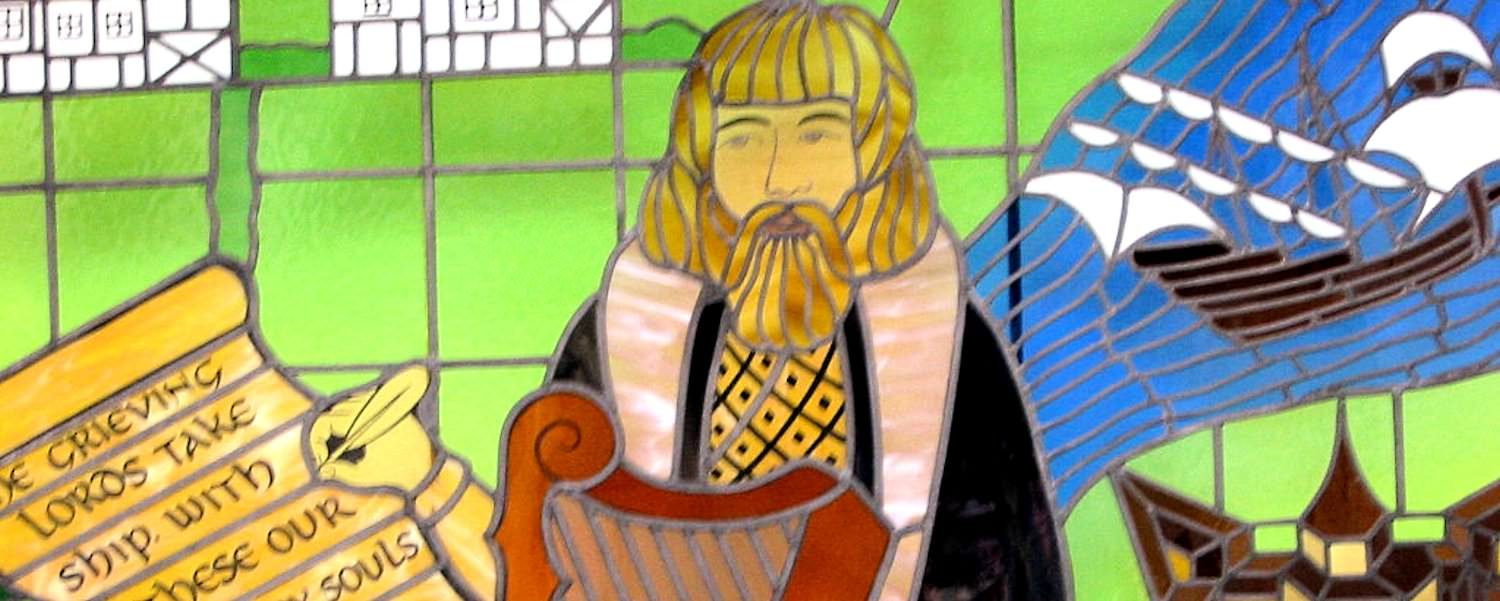

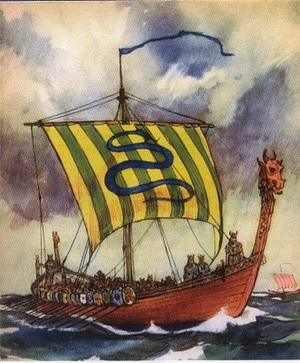
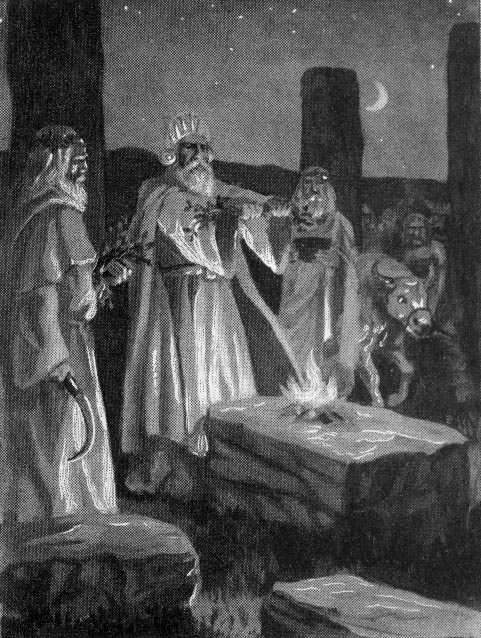
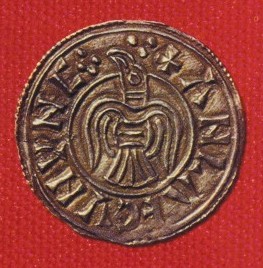
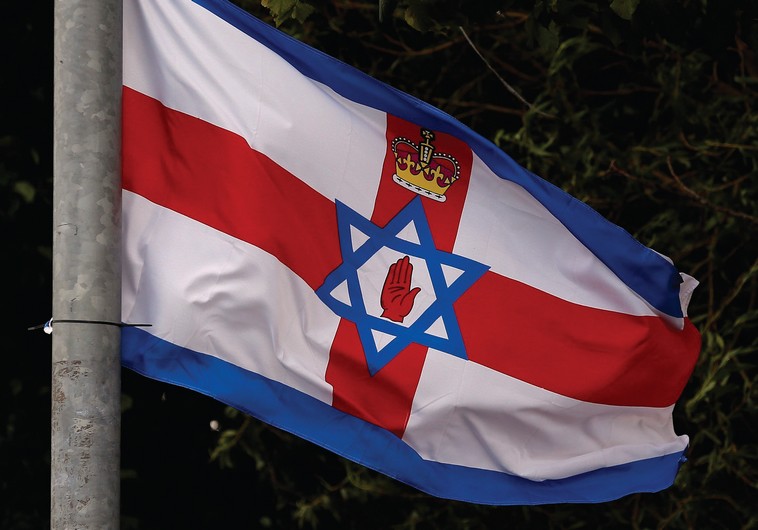
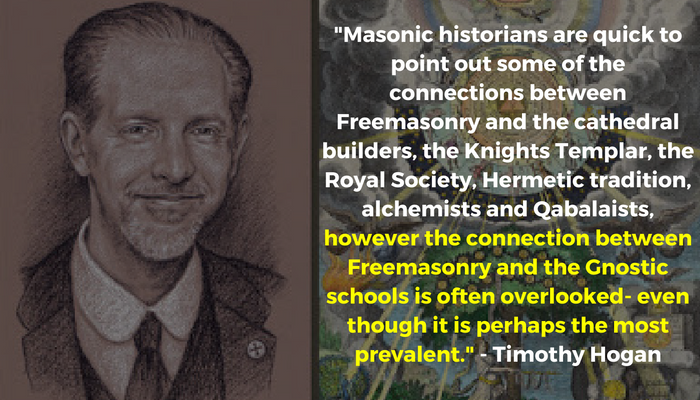
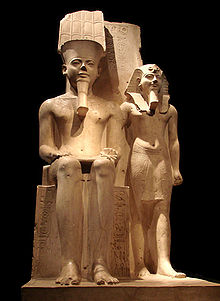
The Tuleth de da DAN came from ATLANTIS…. Ancient megaliths/dolman HILL OF TARA…https://www.bibliotecapleyades.net/sumer_anunnaki/esp_sumer_annunaki13.htm.
Why do you think early pharoes had ginger hair and white skinned….
The Irish surname Tracey is derived from the native Irish O’Treasaigh septs. The name is taken from the Irish word “treasach” meaning “war-like” or “fighter”. It is also translated as “higher”, “more powerful” or “superior”. It may also be derived from the Irish word for three, with an association to the Tuatha Dé Danann
Very interesting. Knew the Tribe of Dan was in the North, but had no idea they had strayed that far North. But now much I have learned over the years makes more sense.
The arrival of the Dan in Ireland, Denmark and Norway around 1,200BC perfectly coincides with the collapse of numerous civilisations in the Eastern Mediterranean marking the end of the Bronze Age; and widely attributed to a succession of drought, famine, societal collapse, earthquakes and invasions from various Sea Peoples.
Furthermore in terms of a genetic legacy a mitochondrial DNA group often called ‘Helen’ is found throughout Ireland and British Isles, but has its greatest concentration in Greece and the southern Balkans. This connection could derive from the Dan or their ‘Greek’ predeccessors; the Firbolg and be connected to the Bronze trade given the presence of copper and tin in Ireland/western Britain. The Eastern Mediterranean civilisations relied on the importation of tin from distant Afghanistan and the British Isles were an alternative source and were almost certainly known to the Eastern Mediterranean civilisations.